The Key Role of Tungsten Crucibles in the Growth of Single Crystal Growth
- Details
- Category: Tungsten Information
- Published on Monday, 09 June 2025 15:16
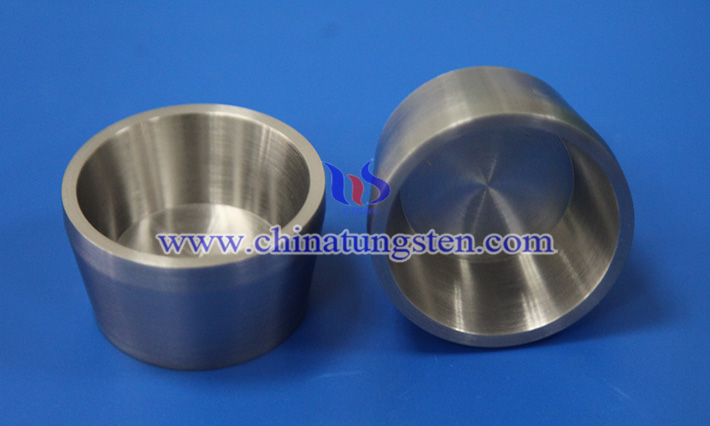
Monocrystalline materials occupy a core position in high-tech industries such as semiconductors, optoelectronics, lasers, and aerospace, and their crystal quality directly affects the performance and reliability of terminal devices.
How to Optimize the Performance of Tungsten Crucible?
- Details
- Category: Tungsten Information
- Published on Monday, 09 June 2025 15:14
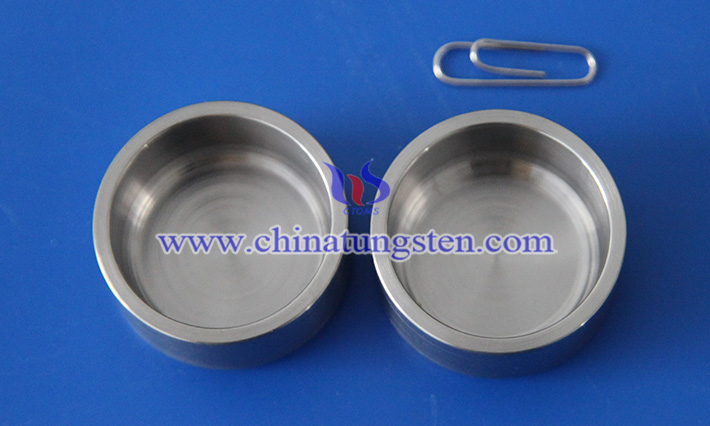
The development of high-end manufacturing industry has put forward higher requirements for the temperature resistance, thermal shock resistance, structural stability and service life of tungsten crucibles.
The Manufacturing Process of Tungsten Crucible
- Details
- Category: Tungsten Information
- Published on Monday, 09 June 2025 15:12
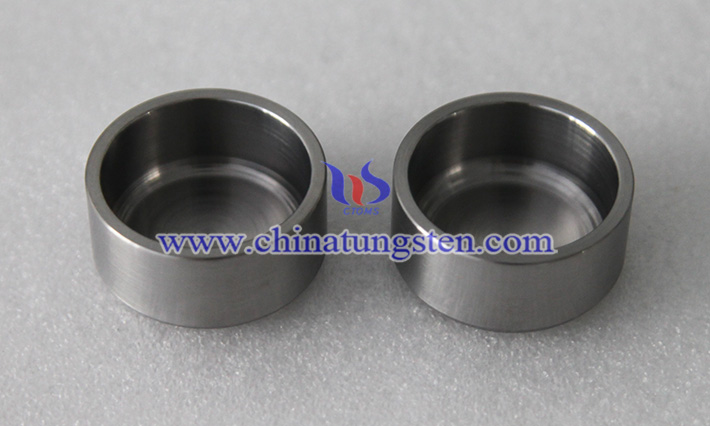
The manufacturing process of tungsten crucible is complex and the technical requirements are high, mainly including powder preparation, pressing molding, high-temperature sintering and mechanical processing.
Tungsten Crucibles Are Used for Vacuum Heat Treatment
- Details
- Category: Tungsten Information
- Published on Monday, 09 June 2025 15:11
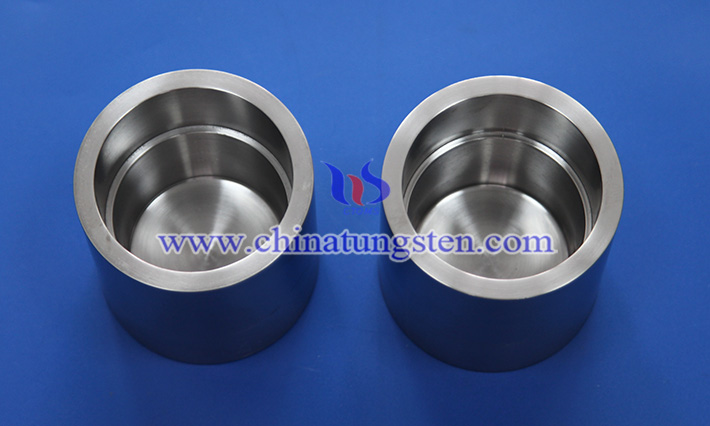
Vacuum heat treatment is a process of heating and cooling metals or alloys under high vacuum or protective atmosphere, and is often used to improve the mechanical properties, dimensional stability and surface quality of materials.
Tungsten Crucibles Are Used in the Preparation of Superalloys
- Details
- Category: Tungsten Information
- Published on Monday, 09 June 2025 15:09

In the field of modern high-end manufacturing, superalloys are widely used in aerospace, gas turbines, nuclear industry and high-temperature chemical industries due to their excellent high-temperature strength, oxidation resistance and corrosion resistance.
Tungsten Crucibles Are Used in the Nuclear Industry
- Details
- Category: Tungsten Information
- Published on Monday, 09 June 2025 15:07
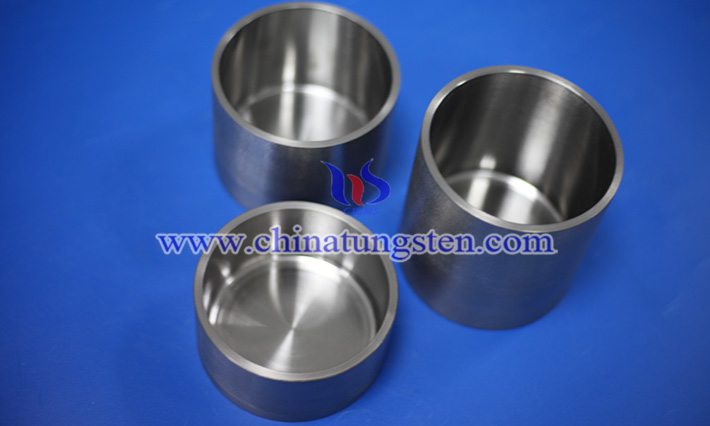
With the continuous development of nuclear energy technology, the requirements for thermal stability, corrosion resistance and structural integrity of materials under extreme conditions are increasing, and tungsten crucibles have become one of the important containers for the processing and research of highly radioactive materials, molten nuclear fuel, high-temperature structural materials and radioactive waste due to their excellent physical and chemical properties.
Tungsten Crucibles Are Used in the Preparation of Semiconductor Materials
- Details
- Category: Tungsten Information
- Published on Monday, 09 June 2025 15:05
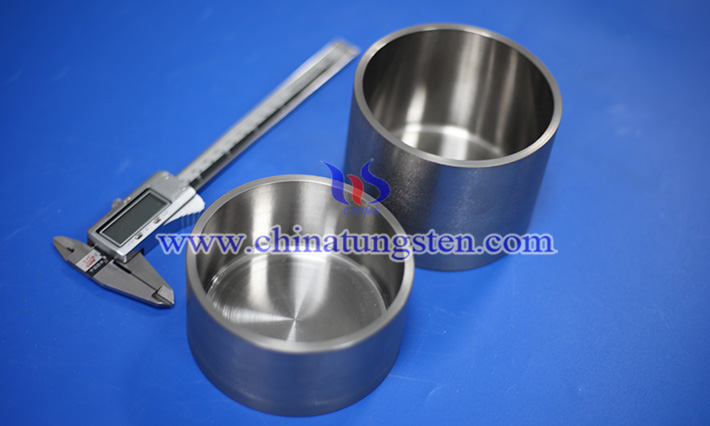
With the rapid development of semiconductor technology, the requirements for material purity, structural stability and preparation process are increasing. Due to its excellent physical and chemical properties, tungsten crucible occupies an extremely important position in the preparation of semiconductor materials, especially in key processes such as high-temperature crystal growth, smelting, and vapor deposition.
Tungsten Crucible Is Used for High-Temperature Experiments
- Details
- Category: Tungsten Information
- Published on Monday, 09 June 2025 15:03
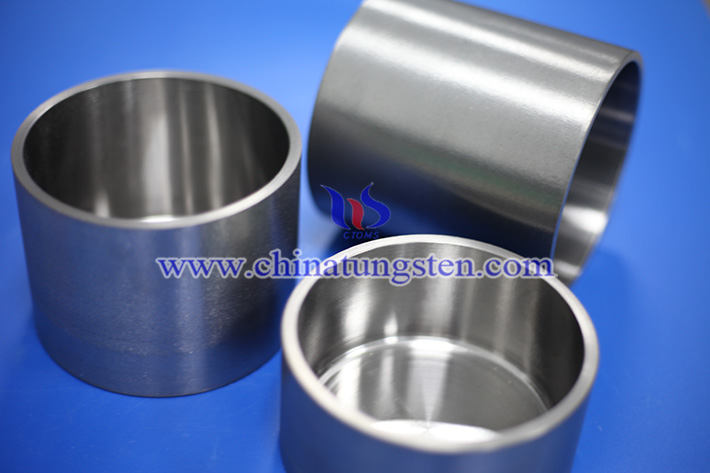
As an important high-temperature refractory metal vessel, tungsten crucible is widely used in various high-temperature experiments, especially in the fields of materials science, metallurgical engineering, semiconductor manufacturing and nuclear energy technology.
Tungsten Crucible Plays a Key Role in the Rare Metal Smelting
- Details
- Category: Tungsten Information
- Published on Monday, 09 June 2025 15:01
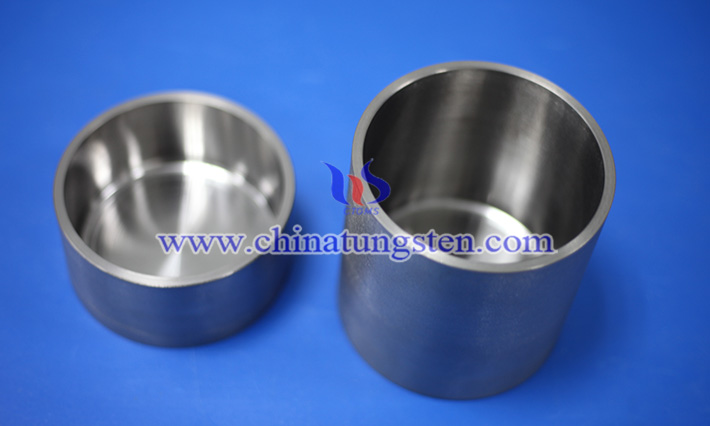
Tungsten crucible, as a high-temperature container made of high-purity tungsten material, plays an irreplaceable key role in the field of rare metal smelting due to its excellent high temperature resistance, chemical stability and mechanical strength.
Stability of Barium Tungsten Electrodes in High-Power Laser Systems
- Details
- Category: Tungsten Information
- Published on Friday, 06 June 2025 18:54
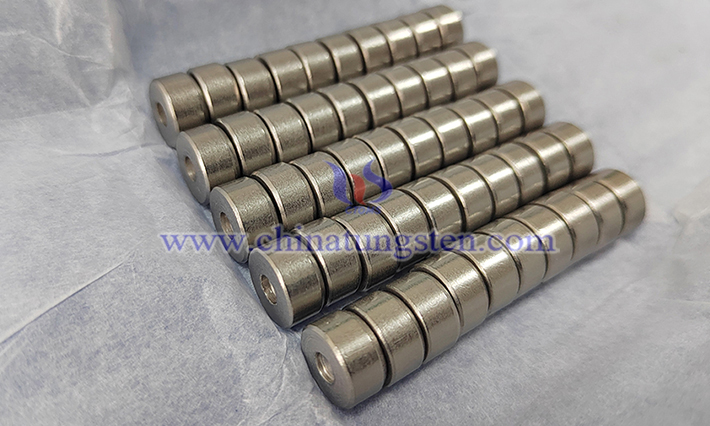
The stability of barium tungsten electrodes in high-power laser systems is a key factor in ensuring system performance consistency and service life. Barium tungsten electrodes are usually made of tungsten, which is widely used in laser systems due to its high melting point and good durability, while the addition of barium is usually used to enhance the electron emission performance of the electrode. In high-power laser applications, the electrodes need to withstand extreme conditions, including high temperatures, electrical stress, and possible material degradation, all of which affect their stability.


 sales@chinatungsten.com
sales@chinatungsten.com